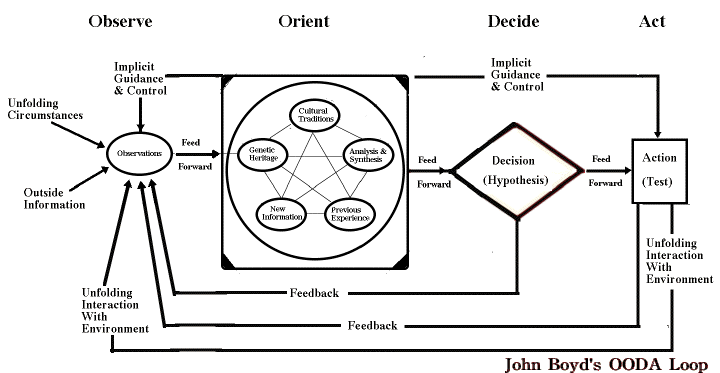What is Internal?
/What is the definition of internal in the expression internal martial arts?
A long time student who is also a scientific researcher asked me to answer this question in a way that would put it to rest. Great challenge.
First off, I do not think that because we can do empirical tests, because we understand them and use them to understand the world, that we can jump from that to saying our experience of the world is rational. It is not. Most of what we experience is an illusion. Our human equipment is constantly sorting and focusing and limiting and interpreting our world through our unconscious biases.
So I’m not altogether sure that we can parse this subject enough to give an empirical answer. In other words, what internal means in this context may occupy the space in between empirically testable experiments and the world as we experience it.
So here is my answer.
External means visible, can be copied, explicit, and shown.
Internal means invisible, impossible to copy, counterintuitive, and hidden.
The difference between Internal and Secret is quite simple. Internal is secret until someone tries to reveal it. If they fail, it remains secret, if they succeed, it becomes internal.
What this means for contemporary martial arts is that there is a continuum of what constitutes all three categories. External that is too fast to see is internal until we see it in a slow motion video, or until a particularly talented student figures it out. In that sense there is in general an external way to teach, which is copy the form or copy the application and then spar or grapple.
Because what for one person might be an obvious instruction, to another might be counter intuitive, there is a continuum between what is external and what is Internal. It depends on the student’s perceptions and the teachers intentions.
Also a student who only learns externally but plays a lot of games is going to discover a lot of stuff that is counterintuitive. That’s because games are a strange case of empirical testing.
Internal martial arts didn’t come from nowhere. They came from experiments and games and puzzling things out. They came from examining experiences which did not fit well with conventional explanations. They came from finding or discovering blind spots and then exploring them systematically.
When we think about internal as “technique” it means, the stuff you know or are working on that is not visible. We sometimes call this a trick, and I think that is often the correct word for it. Tricks can kill people, it’s not meant as a diminutive.
The reason internal as technique has been so hard to define is that each teacher has their own ways of doing for instance a tai chi technique like pengjin (ward-off). I’ve probably felt 40 minor variations of pengjin and 5 major variations. They all work more or less. They all have an unseen or counterintuitive martially applicable effect.
There is a multiplying effect of a hidden technique that is really difficult to learn and either looks really amazing or is super martially effective; these we tend to call top secret, or high level internal.
George Xu has been changing the definitions of terms he uses to teach a lot over the years. One of the distinctions he used to make was between Martial Workers, and Martial Artists. That was fun because of the political implications but also because it implied that some people really enjoy what they are doing and some don’t.
Lately he made a distinction between a Martial Practitioner and a Martial Artist. Basically it was a high bar that no one could clear. He has also drawn the same line and called one side Dirty Martial Arts and the other side Pure Internal Martial Arts.
I suppose if we are drawing lines we might consider a line between skill and artistry? or perhaps craft and art?
George Xu’s current definition of Pure Internal means that the physical body’s only purpose is to transfer the opponent’s force completely to the ground. While simultaneously attacking indirectly only with the spatial mind. After that it’s simple physics, mv2 Mass times velocity squared, external inside of internal.
Note, internal does not mean a specific technique and it is not limited to meaning inside the body.







